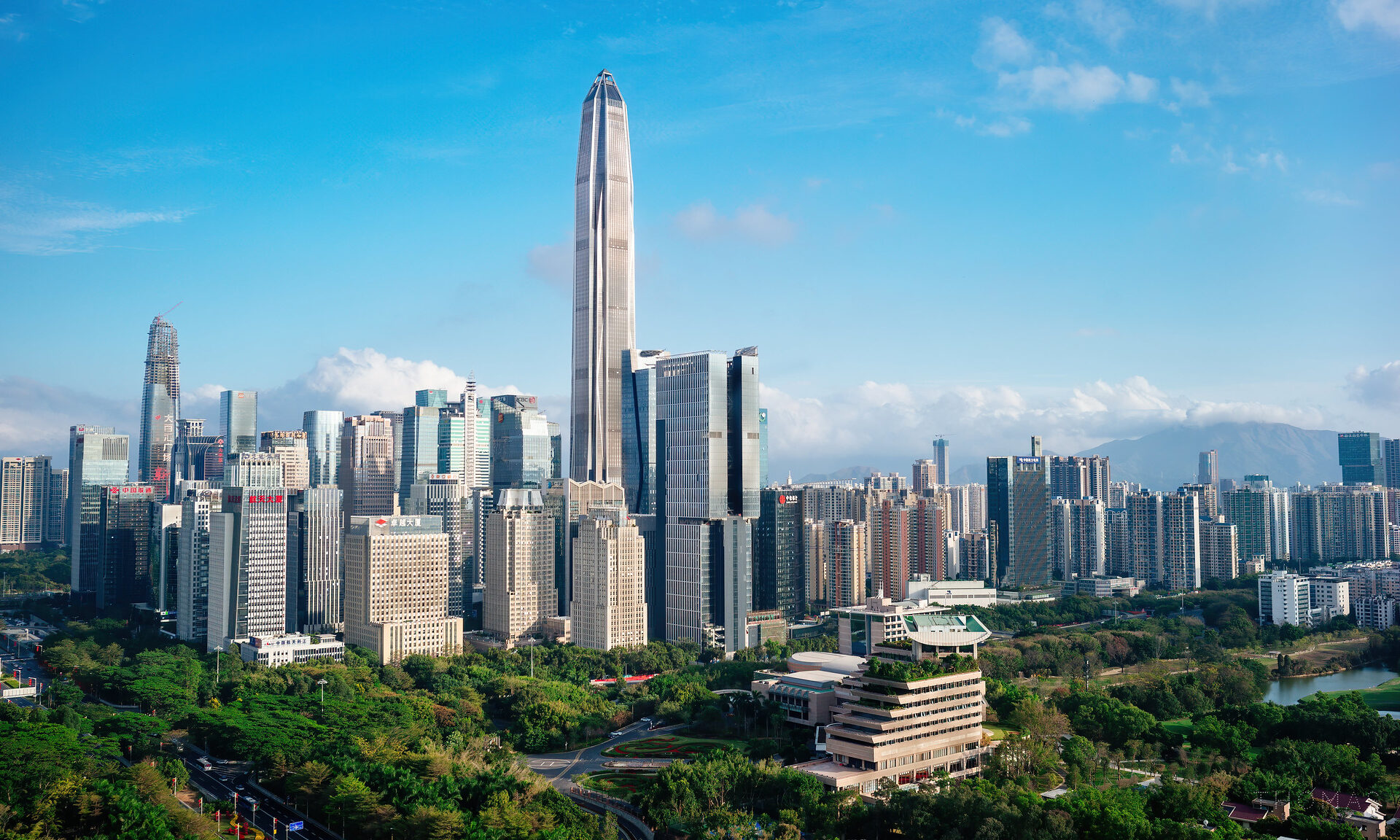
China’s economic development model resembles that of Japan over 30 years ago with high savings, and high investment, but with restrained consumption and rigid institutions weighing increasingly on macroeconomic success. The chronic over-investment and misallocation of capital, particularly in the property sector, pose a potentially bigger economic problem than Japan’s banking crisis in the 1990s. Yet, China has some advantages over Japan, such as a state-owned financial system that can prevent significant banks from failing and a closed capital account that can protect the country’s banking system and the economy from the risk of significant capital flight. This, however, might not prevent China from taking the same economic trajectory Japan has.
This article was originally published at China Foresight, LSE IDEAS, and is republished here as part of a partnership between CHOICE and China Foresight.
Over a decade ago as the financial crisis ripped through developed market economies, many commentators wondering how we would ever get out of the mess that followed resurrected the 1980s pop song, Turning Japanese, by a band called The Vapors. Now, arguably, this was unfair, considering the continuous growth in income per head and the attempts to reform Japan’s economy under the Abe government in the 2010s. Some economists, however, had a different country in mind when they were wondering about the Japan template: China.
As we watched China’s National People’s Congress for signs as to if and how the Chinese Communist Party will come to terms with rising economic headwinds, it is worth remembering why.
Another Japan?
Back in the day, few people paid attention. China launched a pre-emptive stimulus program in 2008 worth 14 percent of GDP in the face of the collapse in export orders and coastal province employment. Double-digit growth returned soon afterwards, for a while. What was not to like?
And yet, even then, it was clear to students of economic development that China was following precisely the same economic development model that Japan and some other Asian economies had. Japan, especially, had carved out its place in the sun as an economic powerhouse through a high-saving, high-investment economic development model, in which the role of consumption was restrained, and credit creation, non-productive investment, especially in real estate, and net exports were the big drivers of macroeconomic ‘success’.
The share of consumption in the economy never got much over 52 percent, while in the six years to 1991, the share of investment, driven by property, rose by six percentage points to 36 percent.
After the financial crisis, this all began to sound very familiar to China watchers. A recent opinion piece has shed light on some research drawing attention to the Japanification of China, but in fact, this phenomenon has been underway for a while.
The Japan that stalked the global economy in the 1980s and that finally succumbed to the bursting of its own bubble in 1990 offers a useful, if not quite exact, template for contemporary China, which also features a high-saving/high-investment growth model. Actually, China’s savings and investment shares of GDP are considerably higher than they were in Japan, and China’s household consumption share is much lower, at about 40 percent, plus or minus. I always draw people’s attention to the fact that while China has an income per head like Mexico, it has consumption per head that is no higher than that of Peru or numerous countries in sub-Saharan Africa, whatever the ‘wow’ factor might be in Shanghai, Shenzhen, and other Tier 1 cities. The pursuit of macroeconomic policies that support industry, restrain wage and salary income and therefore consumption, and suppress the cost of capital leading to misallocation and waste is now as widely recognized in China as it was in Japan.
Chronic over-investment and misallocation of capital both in Japan then and China now is also associated with growing problems in the banking system.
In China’s case, it is potentially a far bigger problem. Its financial system assets are estimated to amount to about four times GDP while in Japan at the peak in 1990, financial system assets were a ‘mere’ 2.5 times GDP. When the property bubble burst in Japan, prices fell sharply. Residential property prices fell by almost 50 percent between 1990 and the Lehman bust. China will want to avoid antagonizing its middle class in this way and may, because it has levers of control, succeed. Nevertheless, we should be clear that the property sector is both much larger than it was in Japan and faces a long period of over-supply and softer demand. Between 2018-2021, Chinese home sales were running at about 30–40 percent more than the sustainable demand is likely to be in the next ten years, according to demographic and household formation estimates.
Like Japan then (and now), China has a systemic balance of payments surplus. Both countries presided over a real estate boom and bust, though in China’s case, the tipping point is quite recent and may not manifest itself in quite the same way. Both countries, moreover, had eye-popping economic growth rates which suddenly stopped, exposing high local currency indebtedness. In this at least, China is definitely Japan, rather than other Asia, where the debt crises of the late 1990s took the form of foreign currency – that is, the US dollar – crises triggered by foreigners wanting to bail out. In Japan in the 1990s and in China today, the vast majority of the debt is in local currency, owned and owed by domestic residents.
Part of the reason that Japan got into its economic mess and was slow to get out of it, in spite of corporate titans like Sony and Toyota, was that it suffered from high levels of institutional rigidity centered around the close interlocking of the vested interests of the ruling Liberal Democratic Party, the state, banks, and corporations – the latter grouped as the so-called ‘Keiretsu’ conglomerates. Again, this is very familiar in China, where the Chinese Communist party-state, the state-owned financial system, and state-owned enterprises are similarly intertwined and feature significant conflicts of interest as they function as owners, participants, and regulators subject to laws, of course, but not the rule of law or independent scrutiny and adjudication.
Divergent Pathways
Yet, for all these similarities between Japan and China, there are differences too.
As already suggested, China is unlikely to have a comparable banking crisis because the state-owned financial system will not allow significant banks to fail. The authorities, moreover, can move assets and liabilities around the system, extend and pretend bad loans, and draw out the pain of deleveraging, and shrinkage in real estate.
A closed capital account will also help to insulate China from the risk of significant capital flight, though there is no guarantee that these capital controls will always work.
China is much more proactive with and keener on economic and financial regulation than Japan was, and this could go some way to help in the management of difficult problems. At the same time though, remember that the penchant for control and for political control, especially, has had and is having a deleterious effect on the trust, confidence, and potential of private firms and entrepreneurs, which is liable to have growth-sapping and disruptive consequences.
China is poorer and perhaps less resilient. Like Japan in 1995, China’s current GDP is about 75 percent of the US, but its income per head is only 18 percent compared with Japan’s 150 percent (nowadays 56 percent). This is noteworthy because, by way of reflection, China has lower levels of educational attainment, and higher levels of low-pay, low-skill jobs.
Both countries’ economic tipping points were heralded by rapid aging, as measured by the peak in the support ratio (of working-age adults per retiree), but the effects are more immediate in China at much lower levels of income per head. Cue the ‘getting old before you get rich’ debate.
Unlike Japan, China is a geopolitical rival of the US and other liberal-leaning democracies and faces a hostile external environment, comprising export controls, including most recently on high-end semiconductors on which China is heavily dependent, sanctions, and other commercial restraints.
Finally, and interestingly, until the Japan bubble burst in 1990 and even afterwards, Americans regarded Japan as an innovative, long-term thinking nation that was economically superior and technologically more advanced. Racked by resentment and worry, officials and commentators feared it would go on to overwhelm and overtake their own country.
It did not quite work out that way for Japan. Bearing in mind the striking familiarities between the structure and behavior of 1990s Japan and 2020s China, and even some of the differences, it might not work out for China either.
Written by
George Magnus
George Magnus is Research Associate at the China Centre, Oxford University, School of Oriental and African Studies, and a member of the China Foresight Forum. George was the Chief Economist, and then Senior Economic Adviser at UBS Investment Bank from 1995-2016. He had previously worked as the Chief Economist at SG Warburg (1987-1995), and before that at Laurie Milbank/Chase Securities, Bank of America and Lloyds Bank.


